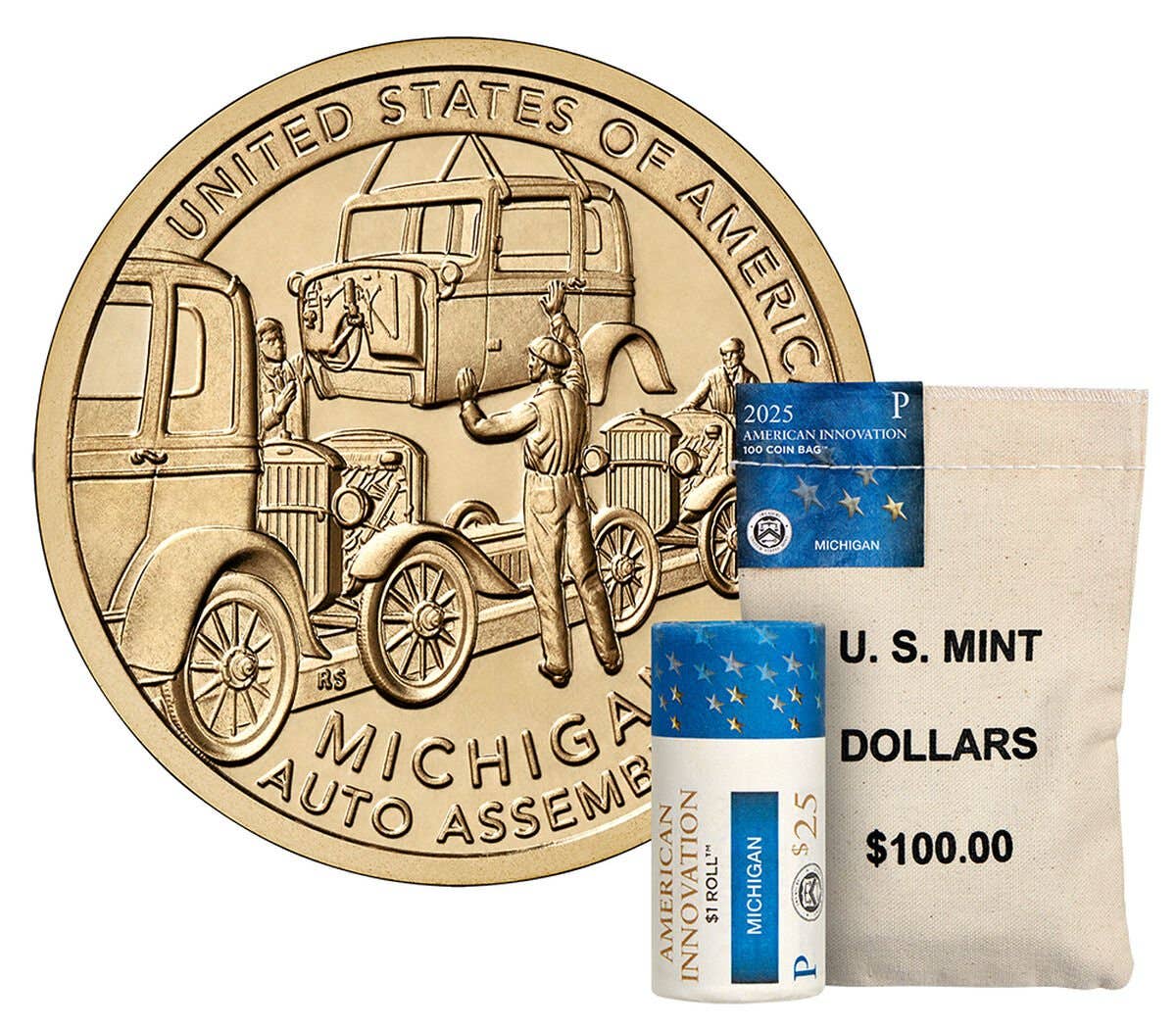Fifty Years of U.S. Gold Re-Legalization
Fifty years after President Ford reversed Roosevelt’s 1933 ban on gold ownership, this milestone highlights a transformative era for gold investors amidst decades of fluctuating values and global economic shifts.
Dec. 31, 2024, marked the 50th anniversary of then-President Gerald Ford revoking former President Franklin Roosevelt’s April 5, 1933, Presidential Order 6102, which prohibited Americans from owning more than small quantities of physical gold or gold certificate currency.
At the time of Roosevelt’s order, the U.S. government fixed the price of gold at $20.67 per troy ounce. The next year, the government raised the price to $35.00 per ounce.
In the 1960s, when it became obvious that governments worldwide were inflating their fiat or paper money supplies, gold’s price on the world market started to rise.
Even with massive government and central bank intervention via the short-lived London Gold Pool, the price of gold had increased to $43.15 by Aug. 15, 1971, more than double what it was 38 years earlier.
On that fateful day over 53 years ago, then-President Richard Nixon closed the Treasury’s gold exchange window. Foreign governments and central banks had redeemed U.S. dollars to receive physical gold at the rate of one ounce for every 35 U.S. dollars.
Once the U.S. government abandoned any pretense that the dollar was as good as gold, the price of that metal rose more dramatically. Just over three years later, when President Ford again allowed Americans to own gold, the gold price on Dec. 31, 1974, was $154.00, up more than 350 percent in barely 40 months.
Over the past fifty years, the value of the U.S. dollar has plummeted. At the COMEX close on Dec. 31, 2024, an ounce of gold was at $2,629.25.
An ounce of gold on Dec. 31, 1974, was still worth an ounce of gold on Dec. 31, 2024. What had changed was that the U.S. dollar depreciated. The purchasing power of the U.S. dollar sank -94.2 percent to gold over that half-century.
Remember, an ounce of gold could have purchased a top-quality men’s suit today during the days of the Roman Empire. In early 1933, that ounce of gold could have purchased a top-of-the-line men’s suit, which that ounce of gold can still do today. Gold and silver have proved to be relatively stable currencies over thousands of years.
Those who have acquired and held gold as wealth insurance have enjoyed tremendous wealth preservation.
Last week’s numismatic trivia question.
Last time, I asked—In terms of value, what was the world’s top-performing fiat currency over the past 25 years? The Swiss franc appreciated 62.7 percent against the U.S. dollar from the end of 1999 to the end of 2024, rising from 62.7746 cents to $1.0211. No other currency came close. Among other currencies that gained value versus the U.S. dollar over that quarter century were the Chinese yuan (+13.4 percent), Euro (+2.8 percent), and Canadian dollar (+1.2 percent).
This week’s trivia question
Here is this week’s question. Which U.S. currency artist used his wife as the model for part of one of his designs? Come back next week for the answer.
Patrick A. Heller was honored as a 2019 FUN Numismatic Ambassador. He also received the American Numismatic Association 2018 Glenn Smedley Memorial Service Award, the 2017 Exemplary Service Award, the 2012 Harry Forman National Dealer of the Year Award, and the 2008 Presidential Award. Over the years, he has also been honored by the Numismatic Literary Guild (including twice in 2020), the Professional Numismatists Guild, the Industry Council for Tangible Assets, and the Michigan State Numismatic Society. He is the communications officer of Liberty Coin Service in Lansing, Mich., and writes “Liberty’s Outlook,” a monthly newsletter on rare coins and precious metals subjects. Past newsletter issues can be viewed at www.libertycoinservice.com. Some of his radio commentaries, "Things You ‘Know’ That Just Aren’t So,” and “Important News You Need To Know,” can be heard at 8:45 a.m. Wednesday and Friday mornings on 1320-AM WILS in Lansing (which streams live and becomes part of the audio archives posted at www.1320wils.com).
You may also like:








